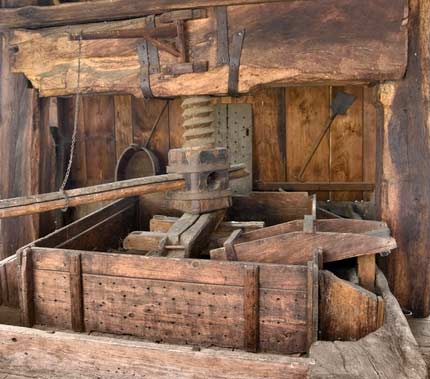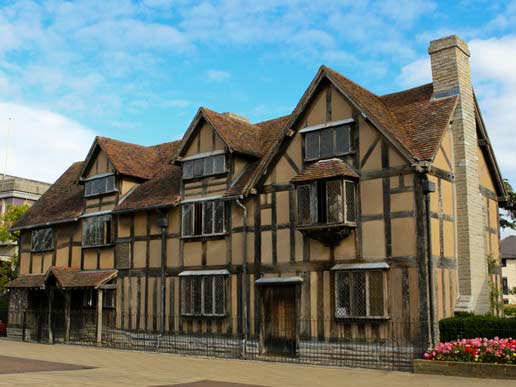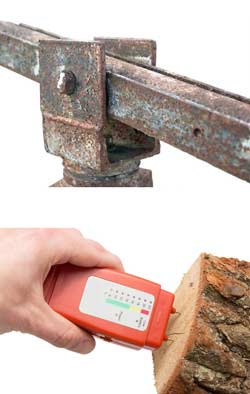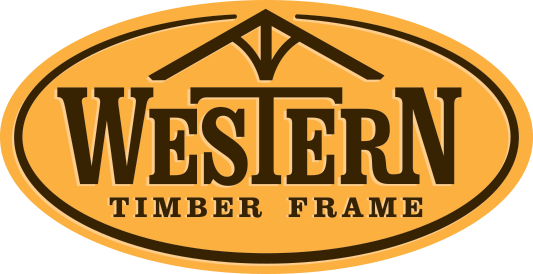Timber - Historically Strong & Architecturally Stable
Historically Strong

Wood is aesthetically pleasing and structurally strong and has benefited mankind through the ages. There are historical artifacts and antiquated structures that testify to the value of strength of timber displayed in ancient Medieval Timber Castles and timber buildings throughout the world in places like Japan, Lithuania, Scandinavia, Siberia, Sweden and more. Pictured above is a historical wine press in Alsace, France; another example of timber and its versatile use in structures such as roads, machinery, fishing wharves, waterworks, and travel. Wood was more than just practical in times past; it has also been used ornamentally. The featured image is of an ancient Chinese relief carving of a flower.
In the center of London is a beautifully preserved Roman habitation from 40 A.D. to the 15th century. A lost river disappeared under the city by being diverted into culverts for constructing new places. There are wooden walls, wooden foundations and complex waste drainage systems, wooden doors, deep wooden wells, wooden good luck charms and many more amazing artifacts and treasures. Some archaeologists are calling it another Pompeii from the North. The oldest wooden structural earthly remains are said to be in this same area. Oak timber structures dated between 6,500 to 7,000 years old were discovered in 2010 beneath the Thames River at Vauxhall in London England, only visible at the very lowest tide. To put a little perspective on this: That is older than the pyramids of Egypt!

William Shakespear's Birthplace,
Stratford upon Avon
Half Timber Frame Home
There are a number of these historical timber frame buildings that are built from timbers that are older than the building itself. Centuries ago, it was common practice, rather than hewn down or form new materials, an existing building would be dismantled, transported and reconstructed in a new location. One example is in London where sheep knuckle flooring was unearthed along with other theater remnants. This was the wooden O stage where Henry the Fifth and Romeo and Juliet was first performed along with other Shakespearean plays. It is reputed that James Burbage an actor-manager had a falling out with the landlord so overnight he dismantled the timbers of the theater and shipped them to Bankside, the other side of the river, and built his own theater he called "The Globe".
Timber, like steel can carry a great amount of concentrated weight load. The Radiata pine native to California is one extreme example of the strength of wood. Its ratio weight strength is 20% higher than steel and 5 times stronger than non reinforced concrete under compression. Wood is anisotropic, i.e. possessing different strengths in different directions. There are many types of woods that possesses immense load strengths but one of the very best is the Douglass Fir. The Douglass Fir has an even higher strength ratio than the Radiata pine and is considered to be the most perduring for timber support beams.
Architecturally Stable

Moisture Test
Wood is stable and it sometimes misunderstood because of its varying grain patterns and its ability to expand and contract. It is the natural air pockets within wood that make it such a perfect building material. It is less prone to condensation than aluminum, metal or vinyl and is less affected by temperature extremes. When the air grows warmer wood will hold more moisture and yet it will not invariably or readily move with changes in humidity. If the temperature of the air and the moisture in the air increase at the same time the humidity will remain consistent wood will not move.
In larger structures the magnificent wonder of wood is in the fact that it does have some give and take. With other inelastic architectural materials kinematic mechanisms have to be installed on beams to compensate for the structural movement that occurs from the seismic ground movement. The dovetail notch system works well with the stature and design of wood to naturally compensate for our seismic earth.
Using modern technologies, building timber frame structures are eco-friendly, cost efficient and can be preserved for centuries to come.
Wood Used To Strengthen Steel
Interestingly, there are current techniques to strengthen steel structures using the components of wood such as high modulus carbon fiber, adhesion, resin with carbon fiber sheets and bonded pre-cured laminate plates. This has proven to be a cost effective solution to the drawbacks of fatigue performance in steel. The tests results showed there was a 25% increase in elastic range and stiffness to rehabilitate and reinforce steel structures, bridges and monopole towers because of cross-section losses and fatigue performance that occur due to continued corrosion attack. Fiber reinforced polymers from the components of wood are being used to repair masonry and concrete structures.
More Timber Wise Posts: Wood Rot - Questions & Answers



Leave a Comment